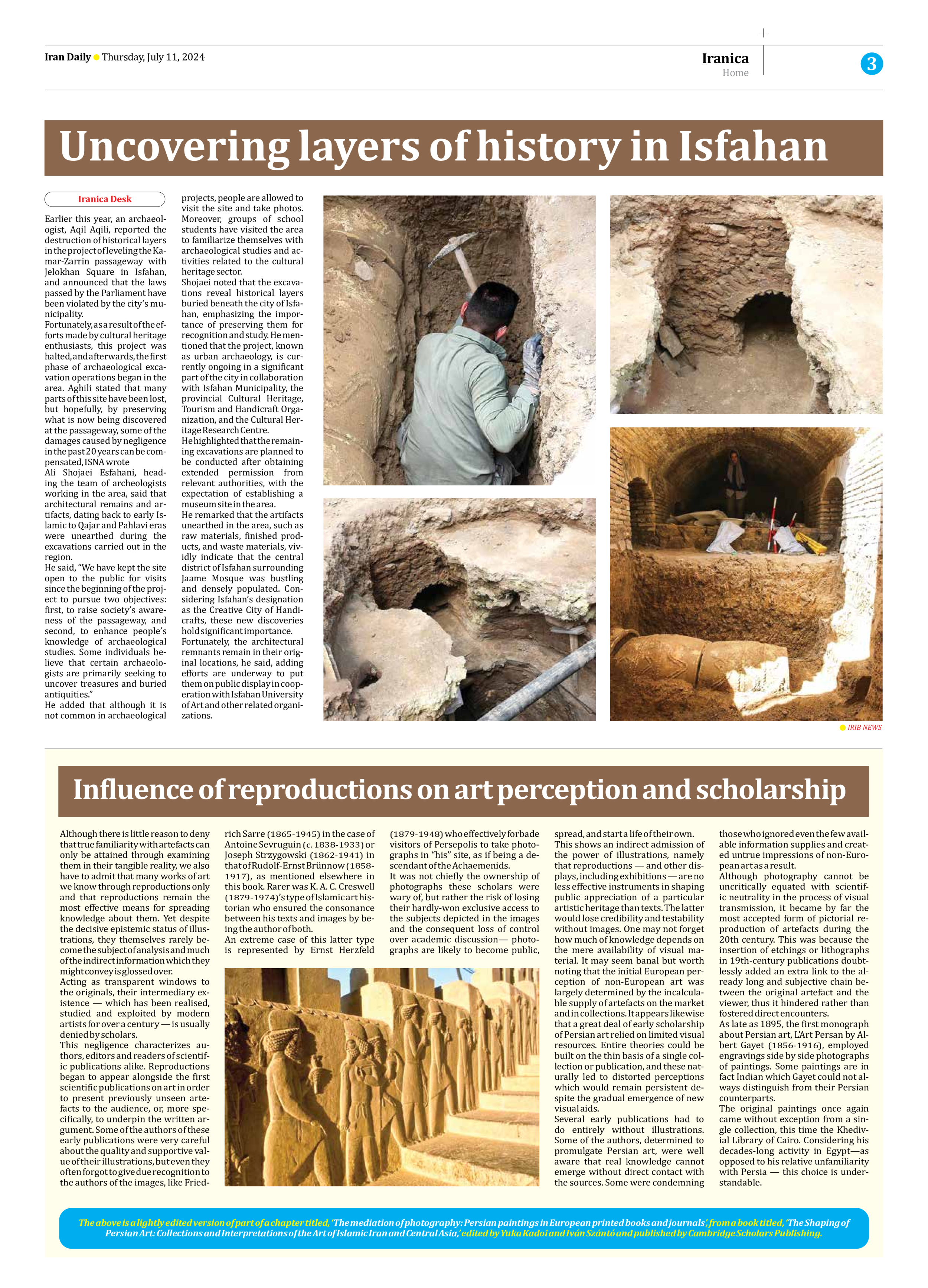
Copy in clipboard...
Influence of reproductions on art perception and scholarship
Acting as transparent windows to the originals, their intermediary existence — which has been realised, studied and exploited by modern artists for over a century — is usually denied by scholars.
This negligence characterizes authors, editors and readers of scientific publications alike. Reproductions began to appear alongside the first scientific publications on art in order to present previously unseen artefacts to the audience, or, more specifically, to underpin the written argument. Some of the authors of these early publications were very careful about the quality and supportive value of their illustrations, but even they often forgot to give due recognition to the authors of the images, like Friedrich Sarre (1865-1945) in the case of Antoine Sevruguin (c. 1838-1933) or Joseph Strzygowski (1862-1941) in that of Rudolf-Ernst Brünnow (1858-1917), as mentioned elsewhere in this book. Rarer was K. A. C. Creswell (1879-1974)’s type of Islamic art historian who ensured the consonance between his texts and images by being the author of both.
An extreme case of this latter type is represented by Ernst Herzfeld (1879-1948) who effectively forbade visitors of Persepolis to take photographs in “his” site, as if being a descendant of the Achaemenids.
It was not chiefly the ownership of photographs these scholars were wary of, but rather the risk of losing their hardly-won exclusive access to the subjects depicted in the images and the consequent loss of control over academic discussion— photographs are likely to become public, spread, and start a life of their own.
This shows an indirect admission of the power of illustrations, namely that reproductions — and other displays, including exhibitions — are no less effective instruments in shaping public appreciation of a particular artistic heritage than texts. The latter would lose credibility and testability without images. One may not forget how much of knowledge depends on the mere availability of visual material. It may seem banal but worth noting that the initial European perception of non-European art was largely determined by the incalculable supply of artefacts on the market and in collections. It appears likewise that a great deal of early scholarship of Persian art relied on limited visual resources. Entire theories could be built on the thin basis of a single collection or publication, and these naturally led to distorted perceptions which would remain persistent despite the gradual emergence of new visual aids.
Several early publications had to do entirely without illustrations. Some of the authors, determined to promulgate Persian art, were well aware that real knowledge cannot emerge without direct contact with the sources. Some were condemning those who ignored even the few available information supplies and created untrue impressions of non-European art as a result.
Although photography cannot be uncritically equated with scientific neutrality in the process of visual transmission, it became by far the most accepted form of pictorial reproduction of artefacts during the 20th century. This was because the insertion of etchings or lithographs in 19th-century publications doubtlessly added an extra link to the already long and subjective chain between the original artefact and the viewer, thus it hindered rather than fostered direct encounters.
As late as 1895, the first monograph about Persian art, L’Art Persan by Albert Gayet (1856-1916), employed engravings side by side photographs of paintings. Some paintings are in fact Indian which Gayet could not always distinguish from their Persian counterparts.
The original paintings once again came without exception from a single collection, this time the Khedivial Library of Cairo. Considering his decades-long activity in Egypt—as opposed to his relative unfamiliarity with Persia — this choice is understandable.







